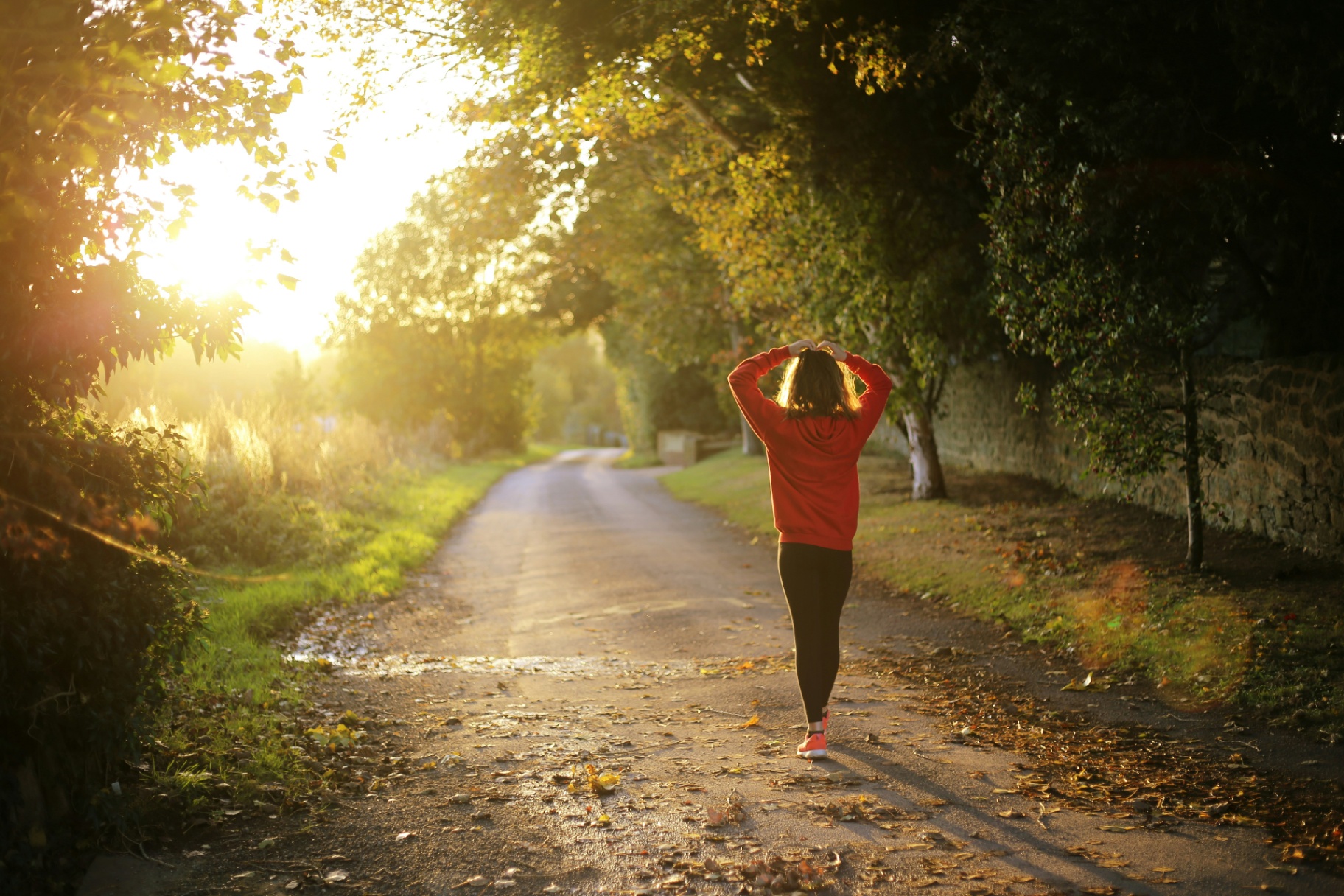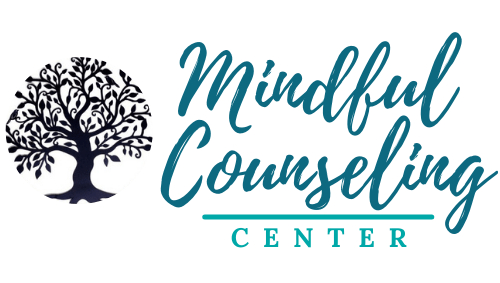Get into the Flow

What activities help you to get into a “flow?”
“The flow state is the experience of being so absorbed by an engaging, enjoyable task that your attention is completely held by it. You generally lose sense of time, self-consciousness, and anything that doesn’t have to do with the task at hand.” (https://www.betterup.com/blog/flow-state)
When in a flow state, you are focused on the present moment and let go of the noise around you and your mind/body. Because you are so focused on a task you like, you may be more productive that usual, and experience contentment and reduced anxiety.
Certain activities may help draw you into a flow state. For example, people who are passionate about running talk reverently about times they have experienced a “runner’s high.” But even go-to “flow” activities for a person don’t guarantee flow. A writer, for example, may experience the frustration of “writer’s block.”
 One example of an activity that can sometimes draw me in to a flow state is collecting shells and rocks on the beach. I usually walk along the shore slowly for a good stretch, watching the waves roll in, training my eyes on the patches of shells and rocks and scanning for those that interest me. I like whole shells, but also rocks and pieces of shells that have an unusual shape, texture or coloring. I can get lost in the repetition and the thrill of discovery. The time passes without much cognizance on my part and soon enough, my pockets are overflowing with treasure. I definitely get a feeling of wellbeing when engaged in this activity … awe of nature, gratitude for being able to do this activity and loosening of stress in my life.
One example of an activity that can sometimes draw me in to a flow state is collecting shells and rocks on the beach. I usually walk along the shore slowly for a good stretch, watching the waves roll in, training my eyes on the patches of shells and rocks and scanning for those that interest me. I like whole shells, but also rocks and pieces of shells that have an unusual shape, texture or coloring. I can get lost in the repetition and the thrill of discovery. The time passes without much cognizance on my part and soon enough, my pockets are overflowing with treasure. I definitely get a feeling of wellbeing when engaged in this activity … awe of nature, gratitude for being able to do this activity and loosening of stress in my life.
Depending on your passions, a few other examples of activities that may facilitate flow include: learning something new/interesting, creative pursuits (writing, drawing/painting, acting, sculpting, dancing, making/listening to music, etc.), exercise, gardening, meditation, prayer, playing chess, and reading.
For more on the conditions that help you achieve a flow state, the science behind it, and the benefits, see https://positivepsychology.com/flow-activities/.
Article and image by Kristin Littel.
